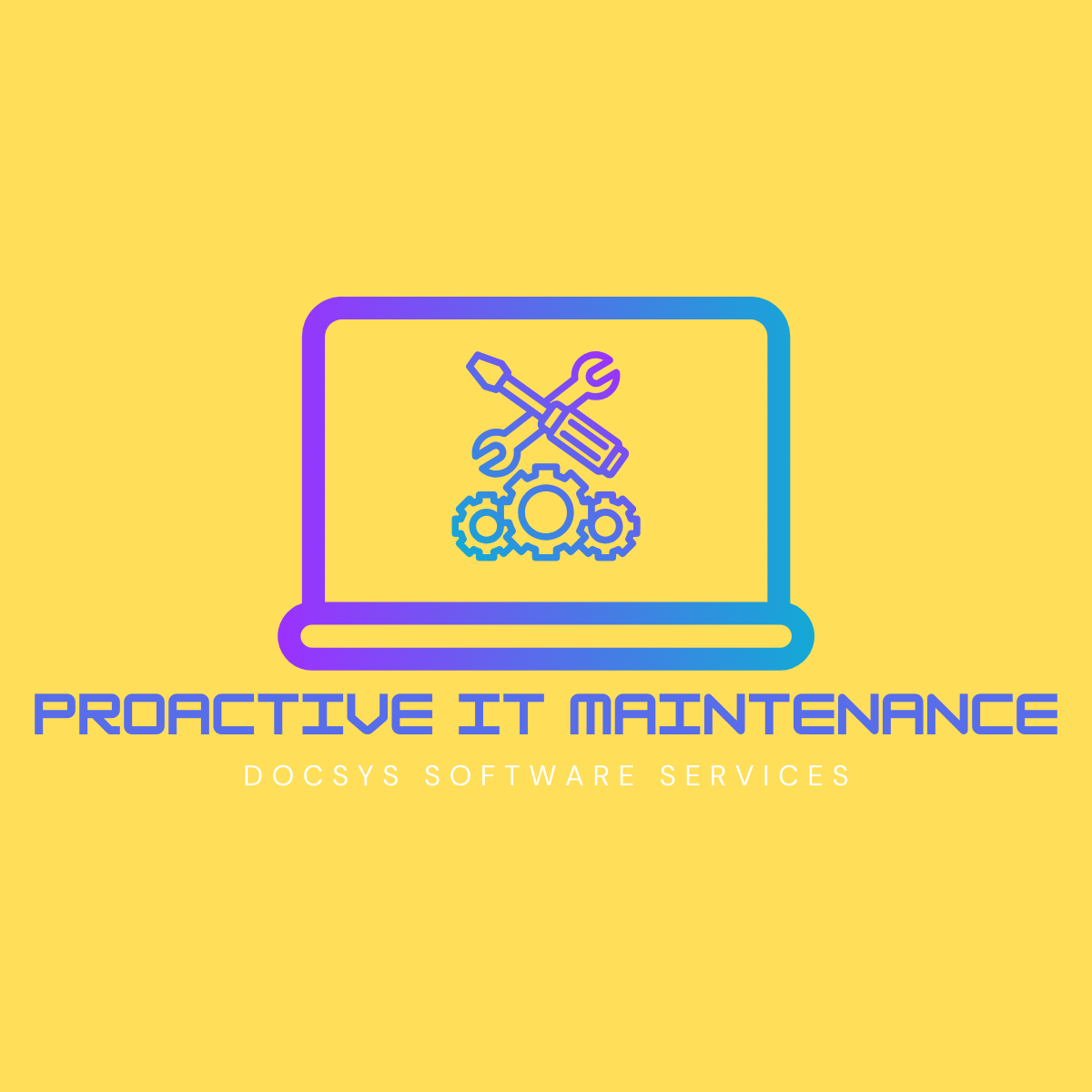Let me ask you something:
When was the last time you thought about your IT systems before something went wrong?
Most businesses don’t.
They wait until a server crashes, until software becomes painfully slow, or until a data breach shakes the foundation of trust. Then—and only then—do they scramble to fix what’s broken.
But what if we flipped the script?
What if IT wasn’t just a fire extinguisher, but the smoke detector?
What if your IT team wasn’t just solving problems, but preventing them altogether?
That’s where proactive IT maintenance comes in.
And it’s changing the way modern businesses operate.
Reactive vs. Proactive: A Mindset Shift
We’re used to the break-fix model. Something breaks, we fix it. Simple, right?
But simplicity comes at a cost—downtime, data loss, frustrated employees, angry clients.
Reactive IT support may feel cheaper at first, but it’s expensive in the long run.
Proactive IT maintenance is the smarter approach. It’s regular updates, performance tuning, threat monitoring, patch management, and routine checkups—before anything goes wrong.
It’s like going to the doctor for regular health checkups instead of waiting until you’re too sick to work.
Why Proactive IT Maintenance Matters (More Than Ever)
Let’s look at why this matters in 2025:
- 🛡️ Cybersecurity Threats Are Evolving:
Ransomware doesn’t knock. It barges in.
Regular patching and security updates reduce vulnerabilities before they’re exploited. - ⏱️ Downtime is Revenue Lost:
A single hour of downtime can cost thousands.
Proactive monitoring can detect unusual activity and prevent outages. - 💾 Data Is Your Business’s Lifeblood:
From customer records to financial data, ensuring data integrity means consistent backups and preventive monitoring. - 🚀 System Performance Impacts Productivity:
Lagging systems frustrate employees and reduce efficiency.
Preventive tuning and regular updates keep things running smoothly.
What Does Proactive IT Maintenance Look Like in Action?
Here’s what a real proactive strategy includes:
- 24/7 Monitoring: So issues are flagged and resolved before you even know they existed.
- Scheduled Maintenance Windows: For updates and patches, with minimal disruption.
- Hardware Health Checks: Replacing components before they fail.
- Security Audits: Regularly identifying weak spots and shoring them up.
- Backup Verification: Making sure your backups aren’t just there, but actually recoverable.
This isn’t luxury—it’s insurance for your entire digital infrastructure.
The Competitive Edge You Didn’t Know You Had
Let’s be real—technology isn’t just an operational tool anymore.
It’s your differentiator. Your ability to scale. Your customer experience. Your brand.
When your systems are humming along without hiccups, your team can focus on innovation, growth, and delivering value.
Proactive IT maintenance isn’t just IT hygiene.
It’s business strategy.
How Small and Mid-Sized Businesses Can Get Started
You don’t need a huge IT department to be proactive.
Here’s what SMEs can do right away:
- Partner with a managed IT service provider.
- Set up automated alerts for system thresholds.
- Schedule monthly system reviews.
- Train your team on best practices.
- Develop a preventive maintenance calendar.
You’ll thank yourself in 6 months when nothing’s broken, no one’s panicking, and your business is thriving.
Final Thoughts
We don’t wait until the car engine seizes before changing the oil.
So why do we treat our IT systems that way?
Proactive IT maintenance is the new gold standard—especially in a world where technology is the business.
Let’s stop being reactive.
Let’s start being resilient.









